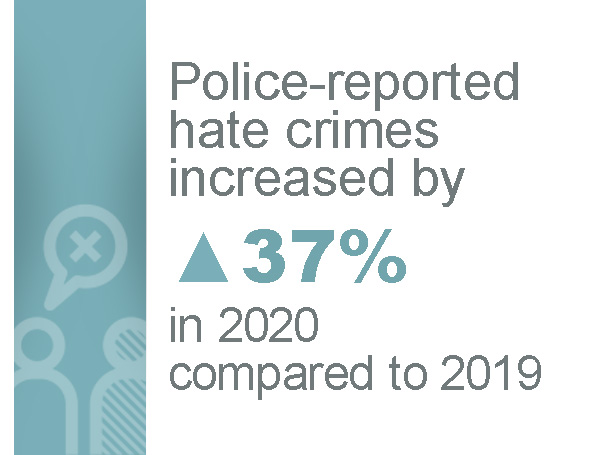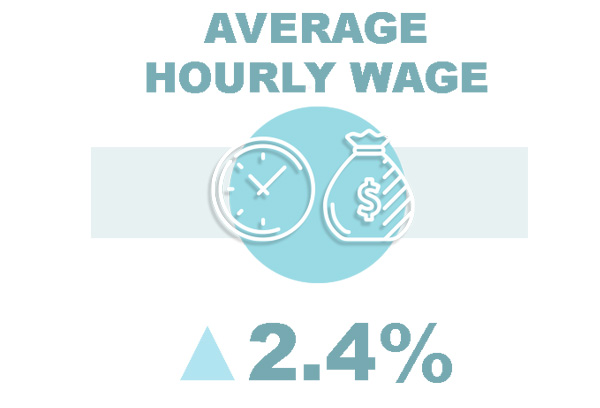


Here are some snippets from our new publication, COVID-19 in Canada: A Two-year Update on Social and Economic Impacts.
Check out the full report for more information on COVID-19 impacts on the social and economic lives of Canadians.

It’s been two years since the World Health Organization officially declared COVID‑19 a pandemic. As we mark its second anniversary, let’s take a look at some of the impacts COVID-19 has had on our daily lives and highlight some potential long-term changes we may experience in the future.


Public safety and social cohesion
Feeling anxious or concerned about social unrest?
In March/April 2020, 40% of Canadians were very or extremely concerned about the possibility of civil disorder.




Indirect health impacts
COVID-19 has not only directly impacted the health of many Canadians, the safety measures and precautions during the pandemic have also had indirect effects on our health.
Have you experienced a delay in medical treatment?
Modelling results suggest that a six-month delay in colorectal cancer screenings alone could increase cases by 2,800 and deaths by 1,300, between 2020 and 2050.
Feeling fatigued, anxious and worried?
Mental health declines have not recovered to pre-pandemic levels. As of June 2021, 6% fewer Canadians reported having “very good or excellent mental health” compared to 2019. Decline is greater among women (-7.5 percentage points) compared with men (-4.0 percentage points).


Stressed out pocketbooks
Is your budget feeling tight these days?
Consumer inflation has outpaced wage growth since the spring of 2021. In January, headline consumer inflation was 5.1% in January. This was the largest yearly increase in three decades.








Costs of middle class membership on the rise
Financial barriers to homeownership may have lasting impacts on social and economic mobility, especially for new Canadians and younger families. On a per household basis, homeowners have seen their wealth rise by over $260,000 during the pandemic, while renters have seen gains of $50,000.


Job recovery strengthened for many diverse groups in the second half of 2021
- Employment rates among many groups designated as visible minorities, including Southeast Asian, Black and Filipino Canadians, rose notably during 2021.
- The share of very recent immigrants of core working age who were working was almost 8 percentage points higher in December 2021 than in December 2019.

Contact Information
For more information, contact the Statistical Information Service (toll-free 1-800-263-1136; 514-283-8300; infostats@statcan.gc.ca) or Media Relations (statcan.mediahotline-ligneinfomedias.statcan@statcan.gc.ca).
